Understanding the Group of Horses Name
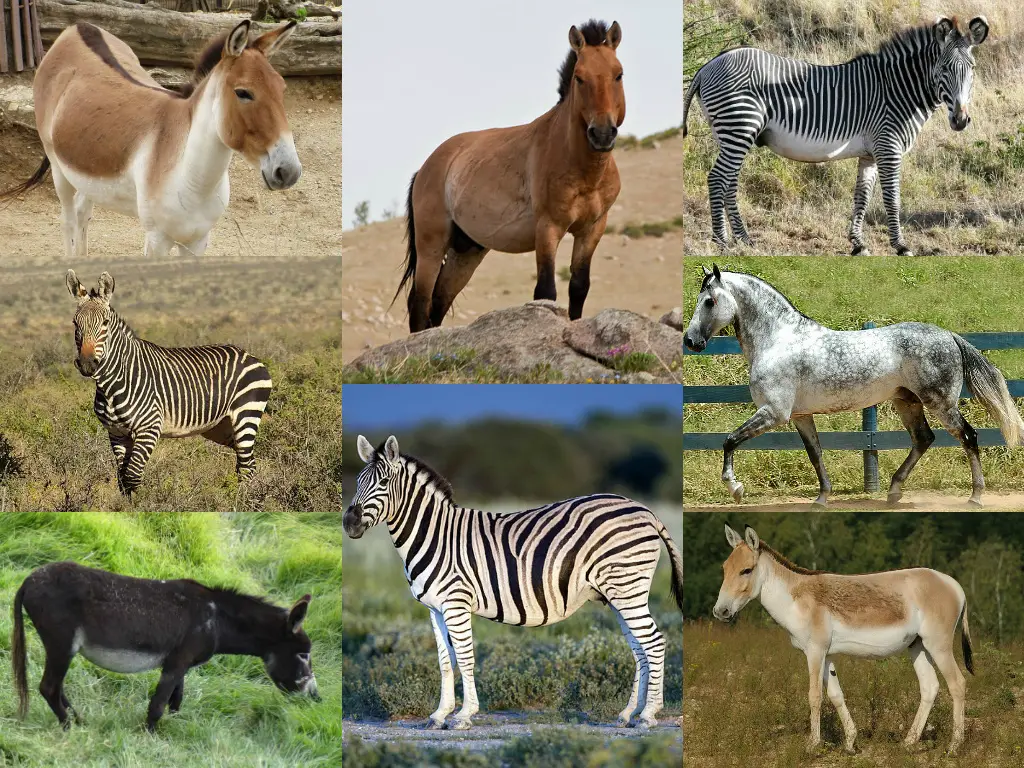
Introduction to Equine Group Terminology
The equine world is rich with tradition and language that reflects the intricate social structures and roles of horses. From wild ranges to the well-manicured paddocks of domestic care, horses are recognized as inherently social creatures, thriving within groups that offer safety, companionship, and structure. Understanding the terminology used to describe these groups is not just a linguistic exercise but a nod to the cultural and behavioral nuances of equine society.
Horse Collective Noun: The Basics
When pondering what to call a group of these majestic animals, several terms come to mind. A group of horses is commonly known by a few different names:
- A herd of horses is the most widespread term, depicting a group of horses in a wild or domesticated setting.
- In certain contexts, you may hear a team of horses, especially when they work together.
- Groups with specific purposes or ownership may be called a string or stable of horses.
- The term harras has historical roots and sometimes denotes a group kept primarily for breeding.
- Young male horses, or colts, in a group are sometimes referred to as a rag.
The Complex Dynamics of a Herd of Horses
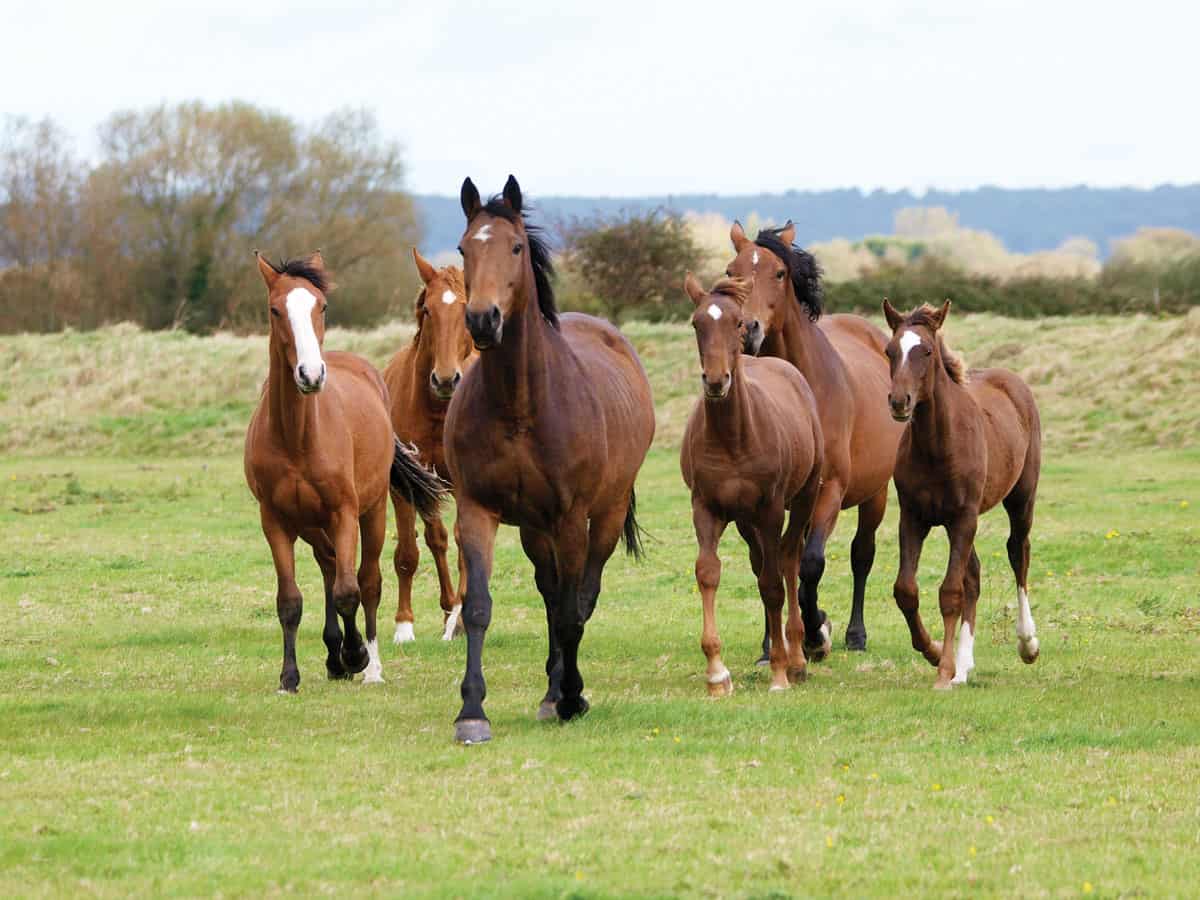
A herd of horses represents a unified and intricate social system that is essential to their way of life. These herds are characterized by dynamic relationships and a well-defined social hierarchy that ensures their survival.
Hierarchy and Bonding in Equine Herds
Within the social structure of a herd, horses form strong connections that mirror a familial network. The hierarchy is typically led by a dominant mare, who assumes the responsibility of guiding the group, with a protective stallion closely following in the pecking order.
- Dominant Mare: The navigator and decision-maker of the herd.
- Protective Stallion: Oversees safety and ensures the continuation of the herd.
Subtle Equine Dialogue
Horses communicate with each other through a sophisticated language of gestures and sounds. This communication is crucial for maintaining order and expressing various emotions within the group.
Adaptation Through the Seasons
Herds dynamically adjust their behavior in response to the changing seasons, with patterns of movement and group composition shifting to meet the challenges of breeding, resource availability, and weather conditions.
Foal Development in the Herd
The social environment of the herd fosters the growth and education of foals, who absorb knowledge and skills from their elders, preparing them for life within the equine community.
Migration and Home Ranges
Herds are perpetually on the move, exploring their habitats for necessities. These territories, rich in resources and historical significance, are often known to herds across generations.
Collective Well-being and Vigilance
The health of the herd is a communal effort, with practices such as allogrooming enhancing social ties and serving hygienic purposes. Vigilance among members acts as a safeguard against threats to their safety.
Human Influence on Domestic Herd Dynamics
Human management can significantly alter the natural social structure of domesticated herds, presenting unique challenges in preserving a stable and cohesive group dynamic.
Delving into the complexities of a herd of horses unveils a sophisticated society, where the interconnectedness of each member is crucial to their collective success. Understanding these relationships and behaviors enhances our respect for these noble creatures and their ability to flourish in both wild and managed environments.
Delving Deeper into Equine Bands

Distinct from the broader equine groups, a ‘band of horses’ defines a smaller, intimate assembly akin to a family unit, with intricate interactions and behaviors. This term is particularly apt when addressing the study and preservation of equine societies in their natural settings.
The Integral Role of the Leading Stallion
A leading stallion in a band fulfills a critical function, embodying the guardian and often the primary breeder, contributing to group defense and future lineage. His constant vigilance defends the band from dangers such as predators or competing stallions.
Forming Family-like Equine Clusters
Equine bands form through a complex interplay of factors, with horses joining or departing due to age, health, and reproductive considerations. The usual band comprises:
- A single leading stallion
- A few mares
- Their young
This family-like structure encourages nurturing and educative interactions among its members.
Dynamics of Inter-band Interactions
Bands navigate through territorial and resource sharing with a delicate balance, with leaders mindful of their perimeters. Disputes may occur, triggered by competition for mating opportunities or essential resources.
The Significance of Loyalty and Learning
Loyalty within a band stems from observed behaviors and mutual understanding. Juvenile horses learn about communal living and the significance of each role from their older counterparts.
Understanding Band Cohesion and Health
Observing the coherence of a band can reveal much about the health and stress levels of its members. Stable bands often display signs of enhanced welfare and calmness.
The Role of Equine Bands in Ecosystem Health
By monitoring the movement and behavior of equine bands, researchers can assess the wellbeing of ecosystems, the effects of environmental changes, and the consequences of human activities on equine habitats.
Protecting Equine Bands Through Conservation
Preservation of the natural organization of equine bands is a priority for conservationists seeking to uphold genetic variety and instinctual behaviors in wild horse populations.
Understanding Bands Amidst Human Expansion
The expansion of human development poses risks to the structure and continuity of equine bands. Conservation strategies aimed at understanding the social significance of these bands are crucial in reducing the impact of habitat disruption.
Delving into Unique Horse Group Names
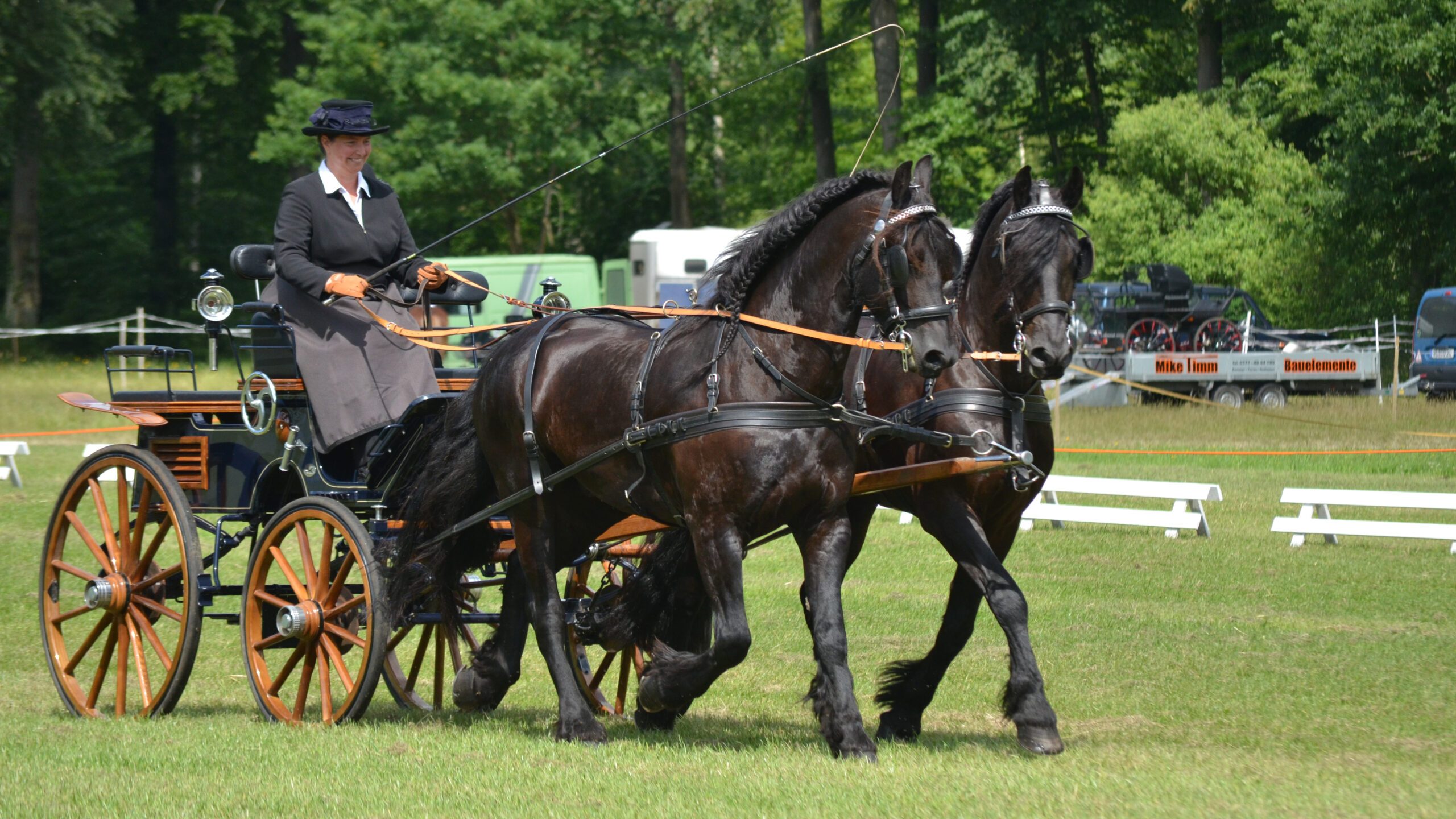
There is a rich vocabulary that describes the different contexts and relationships within groups of horses. These terms offer insights into the roles horses assume, the connections they share, and the influence of human interaction on their daily existence. The designation of a horse group can vary from a ‘troupe of horses,’ indicating a performance aspect, to other specialized terms that reflect their unique settings.
The Artistry of a Troupe of Horses
A ‘troupe of horses’ conjures images of elegance and coordination, as these equines captivate audiences with their trained choreography and showmanship. This particular type of group highlights the level of skill and artistry that horses can achieve under human tutelage, performing complex routines with grace.
- Performance Training: Horses within a troupe are finely tuned to work in harmony, reflecting their rigorous preparation for the stage.
- Entertainment and Spectacle: These groups are not just about collaboration but also about delighting spectators, underscoring the multifaceted talents of horses.
By exploring the meanings behind the names given to horse groups, we gain a deeper understanding of the myriad ways these animals integrate into and enhance human activities. Each label, from ‘troupe’ to the more traditional ‘team’ or ‘stable,’ tells a story of the lives horses lead and the complex relationships they form with one another and with humans.
Exploring the Variety in Horse Group Names
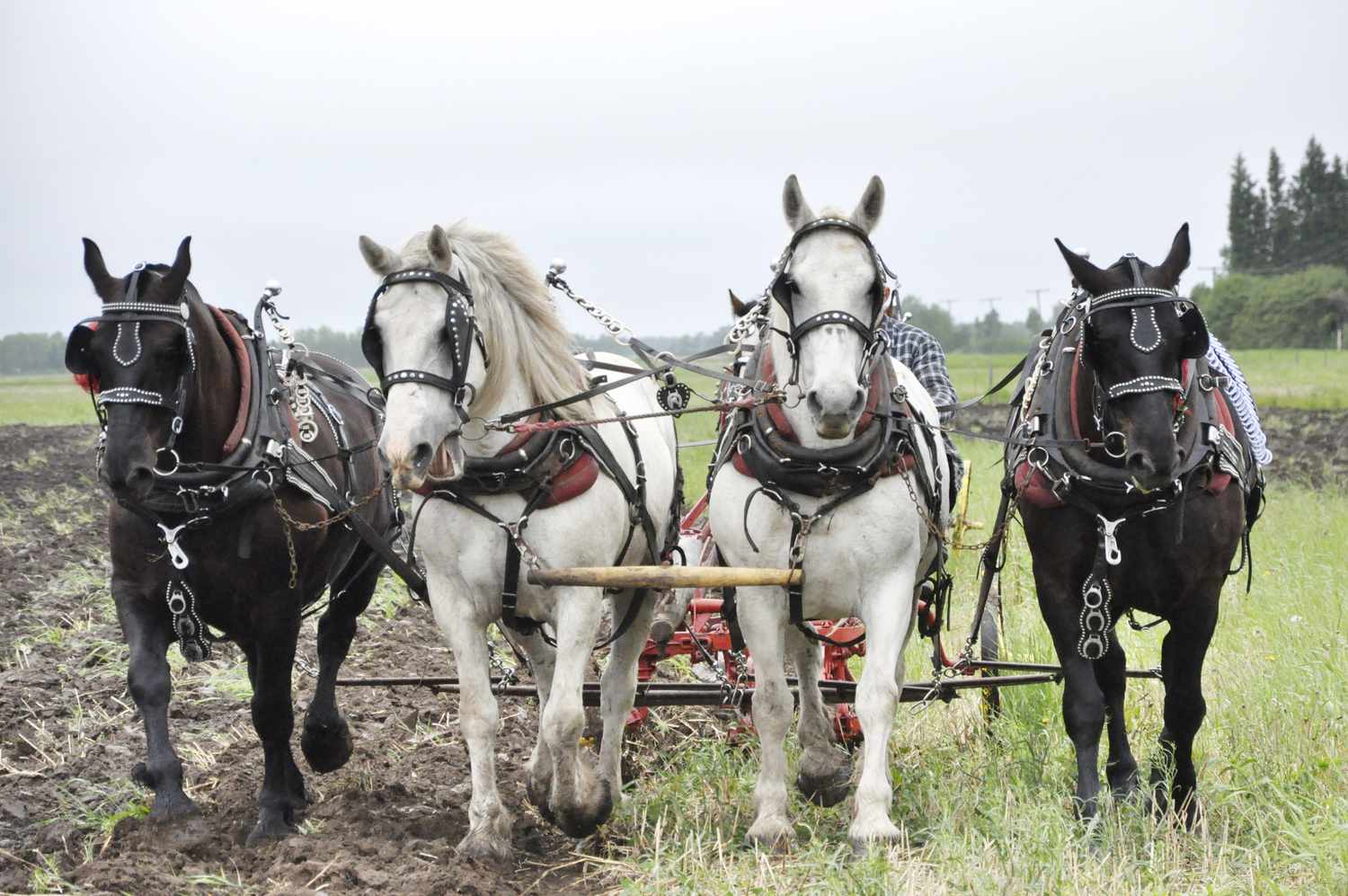
The lexicon of equine group names offers a fascinating glimpse into the roles and social structures of horses. Whether referred to as a ‘band’, ‘team’, or ‘herd’, each term encapsulates the unique characteristics and dynamics of the group it describes. Horse aficionados and professionals are often immersed in this specialized vocabulary that embodies the essence of equestrian tradition and practice.
Specialized Terms for Working Equines
In the realm of equine labor, horses have traditionally played a crucial role. The term ‘team’, for example, denotes a group of horses working in unison, often yoked or harnessed to perform tasks such as hauling or plowing. This expression celebrates the harmony and collective purpose of these hardworking animals.
Understanding the ‘Band’: Nature’s Equine Families
When observing horses in their natural habitat, ‘band’ is the term that reflects the close-knit relationships within these smaller, family-like units. Dominant stallions, several mares, and their offspring form these groups, showcasing complex social interactions essential for their survival in the wild.
Local Terminology for Horse Assemblies
Around the world, regional terminology adds depth to the language used to describe horse groups, revealing the influences of local customs and equestrian heritage. For example:
- Remuda: Originating from Spanish, this term is used in North America, particularly in ranching circles, to describe the pool of horses from which cowboys choose their mounts.
Such terms infuse regional character into discussions of horse groupings.
The Influence of Culture on Naming Horse Collectives
Cultural influences are evident in the unique terms developed to describe horse groups. These terms capture the essence of the relationship between humans and these animals across different regions and historical periods. For instance, ‘mob’ in Australian English refers to horses roaming freely, while ‘rak’ might be used in some European contexts to imply a sense of swiftness.
The Historical Progression of Equine Collective Nouns
The evolution of terms for horse groups sheds light on the shifting roles and human perceptions of horses through the ages. The American West, for instance, gave rise to ‘cavvy’, a variant of ‘cavalcade’, to describe a collection of horses available for ranch work. Such historical terms offer a window into the past interactions between horses and humans.
Terms in Professional Equine Settings
Within the equine industry, precise terminology is used to articulate the composition and function of horse groups. For example, a ‘brigade’ could refer to a team of horses and riders in equestrian sports, while a ‘string’ in a racing context might denote the group of horses managed by a particular trainer, complete with individualized training and racing agendas.
Exploring the language used to denominate horse groups enriches our understanding of how cultural, historical, and practical factors intertwine. The selection of a specific term for a horse collective offers insight into the diverse ways these animals are integrated into human life, from work and recreation to their existence in the wild.
Curious about the equine world and its various terms? While you’re learning about what a group of horses is called, you might also find it interesting to explore the different types of horses and their unique characteristics. For instance, do you know what the big horses are called? Or perhaps you’re intrigued by the social structure of these majestic creatures and would like to learn more about what the leader of a horse herd is called. And if you’re fascinated by horse breeds with distinctive coat patterns, don’t miss out on finding out what a spotted horse is called. Delve into the links provided to discover the rich terminology surrounding horses and their breeds.
Conclusion: The Richness of Equine Group Terminology
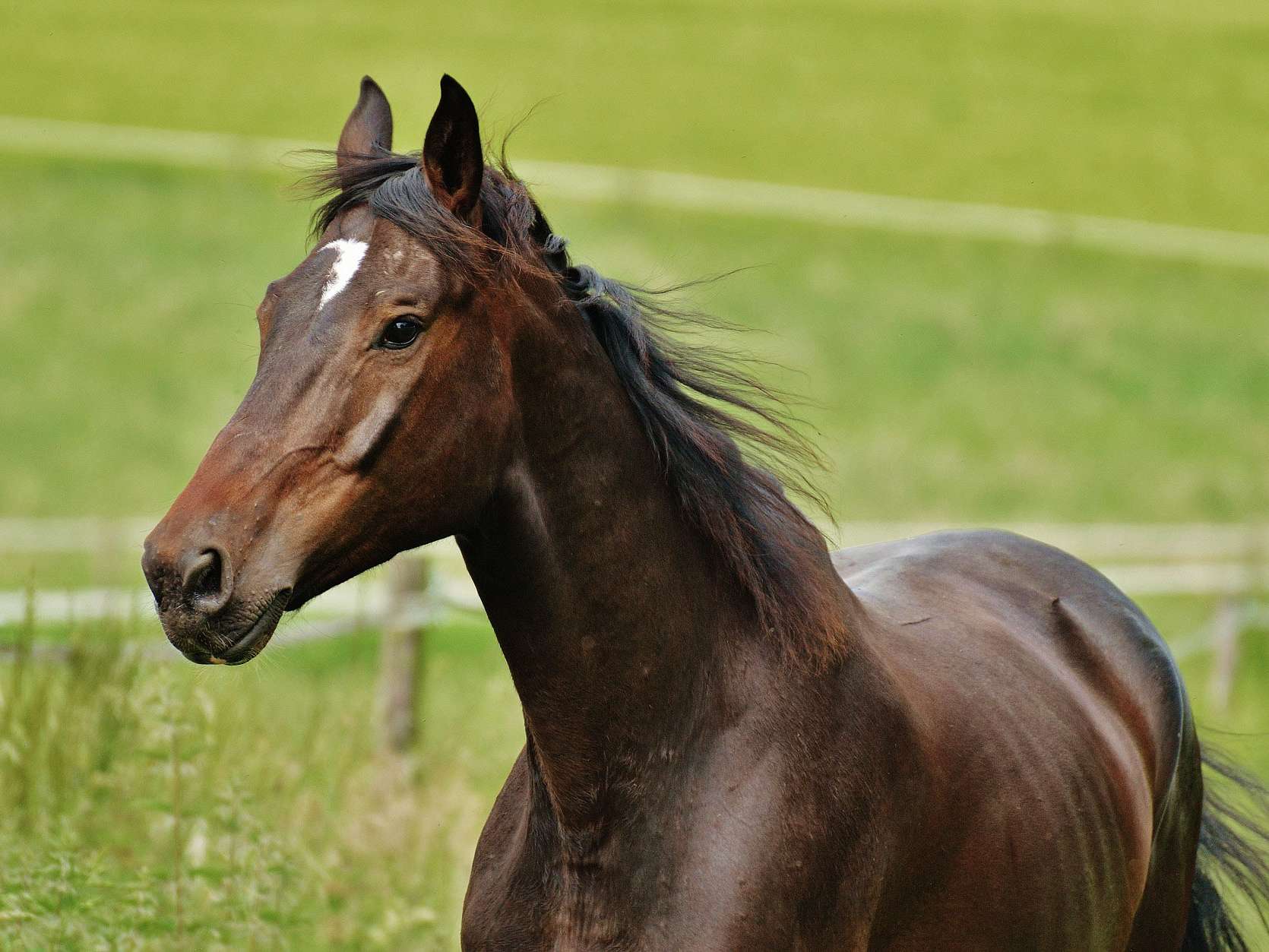
In conclusion, the language used to describe a group of horses varies with context, purpose, and tradition. Whether referred to as a herd, band, team, or stable, each term carries with it a wealth of cultural and behavioral significance that enriches our understanding of these social animals. The collective nouns for horses are more than mere words; they are a testament to the horses’ roles in both wild settings and human societies throughout history.



